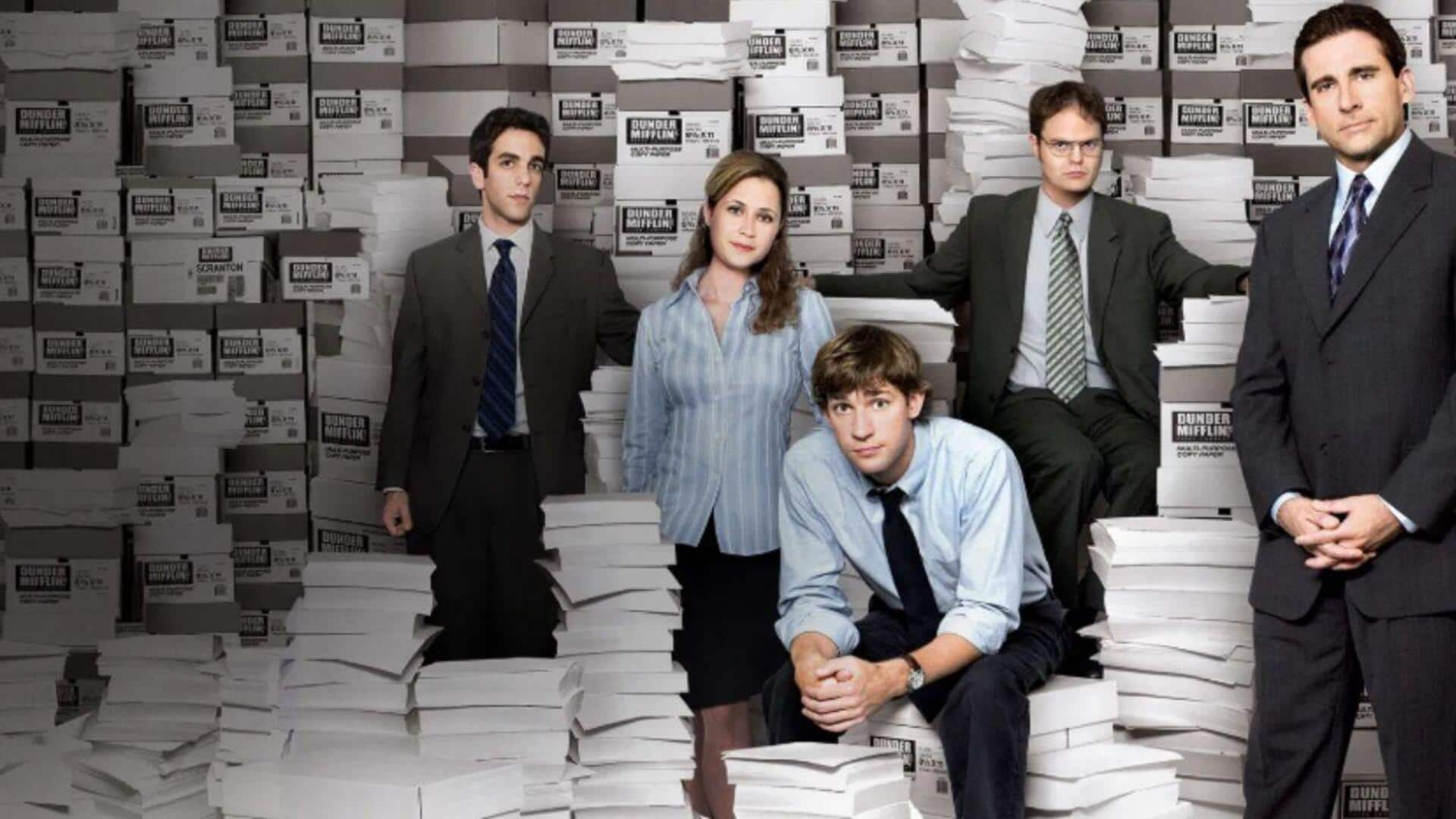
How 'The Office' gets workplace hierarchies wrong
What's the story
The Office, a popular television show, humorously portrays the dynamics of workplace hierarchies. However, it often exaggerates or misrepresents certain aspects of these structures. While the show provides entertainment, it can lead to misconceptions about how real-world offices function. Understanding these inaccuracies is crucial for anyone navigating professional environments. This article explores some key areas where The Office diverges from reality in its depiction of workplace hierarchies.
#1
Unrealistic managerial styles
We all love how managers in The Office are erratic and unprofessional, but let's face it: that would never fly in most real workplaces. Michael Scott, the boss, frequently takes impulsive decisions without consulting his team, which could create chaos in an office. Good managers usually stick to structured decision-making processes and keep their cool to ensure things run smoothly and employees are happy.
#2
Overemphasis on hierarchical barriers
The show frequently emphasizes strict barriers between employees and management, making it seem more extreme than it is. In many contemporary workplaces, hierarchies are being flattened to promote open communication and collaboration among all levels. This encourages innovation and gives employees at every level an opportunity to voice ideas without being restricted by their designation.
#3
Misrepresentation of employee roles
Although The Office tends to blur the lines between employee roles, making viewers think job responsibilities are interchangeable or vague, in reality, organizations define roles clearly with set duties and expectations for each position. This clarity ensures accountability and efficiency within teams as everyone knows how they contribute towards achieving organizational goals.
#4
Lack of focus on professional development
Professional development is rarely addressed in The Office, but it is a huge part of growth in real-life offices. Companies spend time and money on training programs that not only hone skills related to employees's jobs but also equip them for future roles within the organization. The practice of encouraging continuous learning pays off both for people's careers and the company as a whole by creating a skilled workforce ready for dynamic challenges.